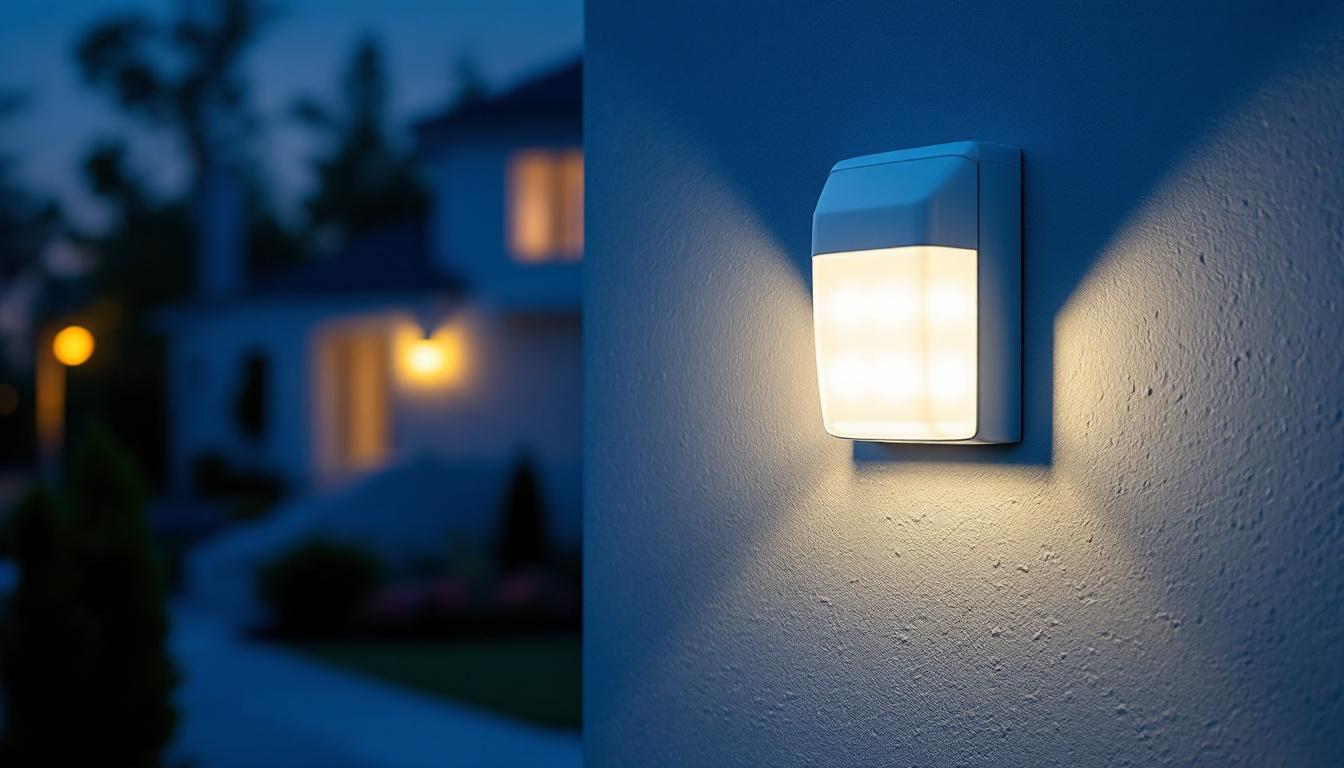
In the world of electrical installation, lighting contractors play a pivotal role in ensuring that homes and businesses are well-lit and safe. Among the essential components of any lighting system are light switches and receptacles. Understanding their functionalities, types, and installation processes is crucial for any contractor aiming to deliver quality work. This article delves into the intricacies of light switches and receptacles, offering valuable insights tailored for lighting professionals.
Light switches come in various types, each designed for specific applications and functionalities. The most common types include single-pole, three-way, and dimmer switches. Single-pole switches control a light fixture from one location, making them ideal for simple setups. In contrast, three-way switches allow control of a single light from two different locations, which is particularly useful in larger spaces like hallways or staircases. Additionally, there are four-way switches that can be used in conjunction with three-way switches, allowing for control of a light from three or more locations, perfect for expansive areas or multi-level homes.
Dimmers, on the other hand, provide the ability to adjust the brightness of the light, enhancing ambiance and energy efficiency. They come in various styles, including slide, rotary, and smart dimmers that can be controlled via a smartphone app or voice commands. Understanding these types is essential for contractors, as it allows for better recommendations to clients based on their needs and preferences. Furthermore, with the rise of LED lighting, many dimmers now offer compatibility with LED bulbs, which can help homeowners save on energy costs while still enjoying customizable lighting options.
Installing a light switch requires careful attention to detail. Safety should always be the top priority. Before beginning any installation, ensure that the power is turned off at the circuit breaker. This not only protects the contractor but also ensures the safety of future users. It is also advisable to use a voltage tester to double-check that the wires are not live before handling them, as this adds an extra layer of safety during the installation process.
When installing a switch, it is crucial to follow local building codes and regulations. Proper wiring techniques must be employed to avoid potential hazards like short circuits or electrical fires. Additionally, the placement of the switch should be considered. It should be easily accessible and at a height that is comfortable for users. For homes with children or individuals with disabilities, it may be beneficial to install switches at lower heights or use toggle switches that are easier to operate. Furthermore, considering the aesthetic aspect of the switch, such as color and style, can enhance the overall design of the room, making it not just functional but also visually appealing.
Even experienced contractors can encounter issues with light switches. Some common problems include flickering lights, switches that feel hot to the touch, or switches that do not function at all. Often, these issues can be traced back to poor wiring or faulty components. In some cases, the problem may also stem from the light fixture itself, such as a bad bulb or a malfunctioning socket, which necessitates a thorough investigation to pinpoint the source of the issue.
For flickering lights, checking the connections and ensuring that the bulbs are properly seated can often resolve the issue. If a switch is hot, it may indicate an overload or a faulty switch that needs replacement. Additionally, ensuring that the correct wattage is being used for the bulbs can prevent overheating. Troubleshooting these issues efficiently can enhance a contractor’s reputation and lead to repeat business. By maintaining a proactive approach and educating clients on the importance of regular maintenance and timely repairs, contractors can foster trust and establish long-lasting relationships with their customers.
Receptacles, commonly referred to as electrical outlets, come in various forms, each serving different purposes. Standard duplex receptacles are the most common, allowing for the connection of two devices. However, there are specialized receptacles, such as GFCI (Ground Fault Circuit Interrupter) outlets, which are essential in areas prone to moisture, like kitchens and bathrooms. These outlets are designed to cut off power when they detect an imbalance in electrical current, thus protecting users from electric shock. This feature is particularly important in environments where water and electricity are in close proximity, making GFCI outlets a critical component of modern electrical safety standards.
Another type is the AFCI (Arc Fault Circuit Interrupter) receptacle, designed to prevent electrical fires by detecting arcing conditions. Arcing can occur due to damaged wires or loose connections, leading to high temperatures that can ignite surrounding materials. Understanding these different types is crucial for contractors, as they must recommend the appropriate receptacle based on the specific environment and usage. Additionally, there are USB receptacles that provide convenient charging options for mobile devices without the need for bulky adapters, reflecting the growing trend of technology integration in everyday electrical systems.
Installing receptacles involves similar safety precautions as light switches. Contractors must ensure that the power is off and that they are working in compliance with local electrical codes. The placement of receptacles is also vital; they should be installed at convenient heights and locations to maximize usability. For instance, in living rooms, receptacles should be placed near seating areas to accommodate lamps and chargers, while in kitchens, they should be positioned to facilitate easy access for countertop appliances.
When wiring receptacles, it is essential to use the correct gauge of wire and to ensure that connections are secure. Loose connections can lead to arcing, which poses a significant fire risk. Additionally, labeling circuits can help in future maintenance and troubleshooting. It’s also advisable to use tamper-resistant receptacles in homes with young children, as these outlets feature built-in shutters that prevent foreign objects from being inserted. This added layer of safety can provide peace of mind for parents and caregivers alike.
Regular maintenance of receptacles can prolong their life and ensure safety. Contractors should advise clients to periodically check for signs of wear, such as discoloration or looseness. If any issues are detected, replacing the receptacle promptly can prevent further complications. Furthermore, clients should be encouraged to keep receptacles free from dust and debris, as accumulated dirt can affect performance and lead to overheating.
Moreover, educating clients about the importance of not overloading outlets can help prevent circuit overloads and potential hazards. Providing clear instructions on the proper use of receptacles can enhance client satisfaction and safety. For example, clients should be made aware of the wattage limits for each outlet and discouraged from using multiple high-wattage devices simultaneously. Offering guidance on the use of power strips and surge protectors can also be beneficial, as these devices can help manage electrical loads more effectively while providing additional protection against voltage spikes.
With the advent of smart home technology, the integration of smart switches and receptacles has become increasingly popular. These devices allow users to control lighting and power remotely via smartphones or voice-activated systems. For lighting contractors, staying updated on these technologies is essential for meeting client demands.
Smart switches often come with features such as scheduling and energy monitoring, providing users with greater control over their energy consumption. Understanding how to install and configure these devices can set a contractor apart in a competitive market.
While smart switches and receptacles offer numerous benefits, they also present unique installation challenges. Many smart devices require a stable Wi-Fi connection, which may necessitate additional setup steps. Furthermore, compatibility with existing wiring and systems can be a concern.
Contractors must be prepared to troubleshoot connectivity issues and ensure that the devices are properly integrated into the home’s electrical system. Familiarity with various smart home ecosystems can also enhance a contractor’s ability to provide comprehensive service.
Electrical codes are established to ensure the safety and reliability of electrical installations. Lighting contractors must be well-versed in local and national codes to avoid penalties and ensure client safety. These codes dictate everything from the type of materials used to the spacing of outlets and switches.
Regularly reviewing updates to these codes is essential, as they can change based on new safety findings or technological advancements. Contractors should also consider attending workshops or training sessions to stay informed about best practices and compliance requirements.
Inspections play a crucial role in maintaining safety standards. After installation, having a qualified inspector review the work can ensure that everything meets the necessary codes. This not only protects the contractor’s reputation but also provides peace of mind to the client.
Encouraging clients to schedule regular inspections can help identify potential issues before they become significant problems. This proactive approach can enhance the longevity of the installation and the overall satisfaction of the client.
Effective communication with clients is vital for lighting contractors. Educating clients about the proper use of light switches and receptacles can prevent misuse and potential hazards. Providing clear instructions on how to operate dimmers, smart switches, and GFCI outlets can empower clients to use their systems safely.
Additionally, informing clients about the importance of regular maintenance and inspections can foster a sense of responsibility for their electrical systems. This not only enhances safety but also builds trust between the contractor and the client.
Establishing long-term relationships with clients can lead to repeat business and referrals. Contractors should strive to maintain open lines of communication, offering support even after the installation is complete. Following up with clients to ensure satisfaction can create a positive experience that encourages them to return for future projects.
Moreover, offering additional services, such as upgrades or maintenance checks, can further solidify these relationships. A contractor who is seen as a knowledgeable and reliable resource will likely gain a loyal customer base.
For lighting contractors, understanding the intricacies of light switches and receptacles is crucial for delivering high-quality installations. From knowing the various types and their specific applications to ensuring compliance with safety standards, every detail matters. By staying informed about the latest technologies and maintaining open communication with clients, contractors can enhance their service offerings and build lasting relationships.
As the electrical landscape continues to evolve, embracing new technologies and adhering to safety standards will be key to success in the industry. By prioritizing education, both for themselves and their clients, lighting contractors can ensure that they remain at the forefront of the field, delivering exceptional service and safety in every project.
Ready to elevate your lighting installations with the best products on the market? Look no further than LumenWholesale, where we provide contractors like you with top-quality, spec-grade lighting essentials at unbeatable wholesale prices. Our commitment to cutting out the middleman means you enjoy superior lighting products without the inflated markups, ensuring your projects shine with reliability and high performance. Plus, with free shipping on bulk orders, you can stock up on everything you need without worrying about hidden fees. Don’t compromise on quality or value—explore our collection and make LumenWholesale your go-to source for wholesale lighting at the best value.

Discover the key differences between T8 and T12 bulbs with our comprehensive lighting contractors’ checklist.

Discover how 4′ LED lamps are revolutionizing lighting contractor projects with energy savings, durability, and cost efficiency.

Explore the pros and cons of outdoor light junction boxes versus alternative solutions in this comprehensive guide.

Discover the common pitfalls lighting contractors face when selecting light bulbs for street lights.